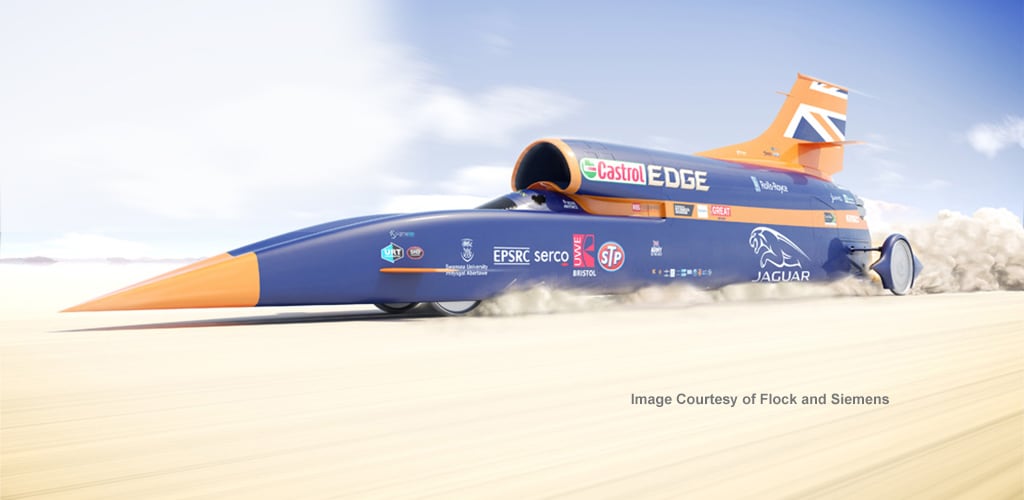
Trend Insight
Embracing amazing opportunities
Autosport connectors are smaller and lighter to meet the requirements of the harsh environment on race paths. But these assets are also used in other areas outside this traditional territory. Let see how they contribute to future technologies. By Paul Webb, Autosport Global Product Manager.
A compact, waterproof product is ideal for areas outside autosport traditional territory. TE Connectivity (TE)'s DEUTSCH Autosport range of connectors, as the name suggests, are found at the heart of professional motorsport across the world. Way back in 1993, when TE launched a racing specific connector to the world, TE did not anticipate quite where else these parts would find homes. Yet TE connectors have been used in unexpected and amazing other areas.
How movie makers used TE Autosport connectors
The first place where we found non-racing customers, was in the light aviation environment. Before the use of drones appearing in everyday life as we see today, movie makers often had the need for creative shots where the camera would pan around a landscape. Now this can be done with Computer Generated Imagery (CGI), but for proper authenticity and depth, some Hollywood companies preferred proper film. These camera vehicles were essentially complicated remote control helicopters, and weight and reliability were key. One of the designers was from motorsport background and designed the DEUTSCH Autosport parts into the unit and before we knew it, a famous character from a school of witchcraft and wizardry was being brought to life with the help of TE Connectivity's solutions!
How Autosport Connectors moved to Movies ...

Beat the World Land Speed Record
Held at 763mph (1228 km/h) since 1997, the record-breaking car used DEUTSCH Autosport connectors. But as the new target for the record to beat is 1000mph (1610 km/h), Bloodhound team decided to place their trust in the data system with TE products again. The program has been going for the past 10 years and TE was there at the start. The car uses a EUROJET Turbo EJ200 jet engine and 3 Nammo rockets to enable them to go for the 1000mph (1610 km/h) target. The first runs took place in UK in October 2017 at the Cornwall Airport Newquay where the car reached 200mph in 8 seconds. Then in 2018 the plan was to test for the first time the rocket on a specially created race track at Hakskeenpan, in Northern Cape South Africa and try to reach 500mph - a new milestone on the journey to setting a new World Land Speed Record . As this was never done before, there was a huge effort in planning to make sure the car would withstand the huge forces generated during the run and would also be able to transmit all the data to the support crew in real-time. In November 2019, High Speed Testing sessions led the team to a succesful 628mph (1010km/h) run. The team plan will be to be back to Hakskeepan during Autumn 20 to break the world land speed record. Throughout the car TE's DEUTSCH and Raychem products are key to helping make this happen, and some of these products may be considered the fastest in the world after that experience!
Throughout the car TE's DEUTSCH and Raychem products are key to helping make this happen!

HOW ABOUT ROBOTICS ?
Robots also need data to be reliably gathered, processed and acted upon. An American company has used the DEUTSCH Autosport products for their Research and Development activities. There is some terrific footage on-line of their robot creatures navigating real world terrain and they need lightweight, reliable connections to make this happen. Well just when we thought that we had gone all science-fiction, then we learned that Formula E racing will have a support series where the cars will be driverless! Yes Roborace series racing championship will pitch cars using Artificial Intelligence A.I. to navigate a racetrack and compete against each other - once again we find our products at the heart of a totally new motorsport technology. Roborace series cars will look unique as they don't need a human driver, but will need an array of sensing to manage the cut and thrust of a racing environment.

